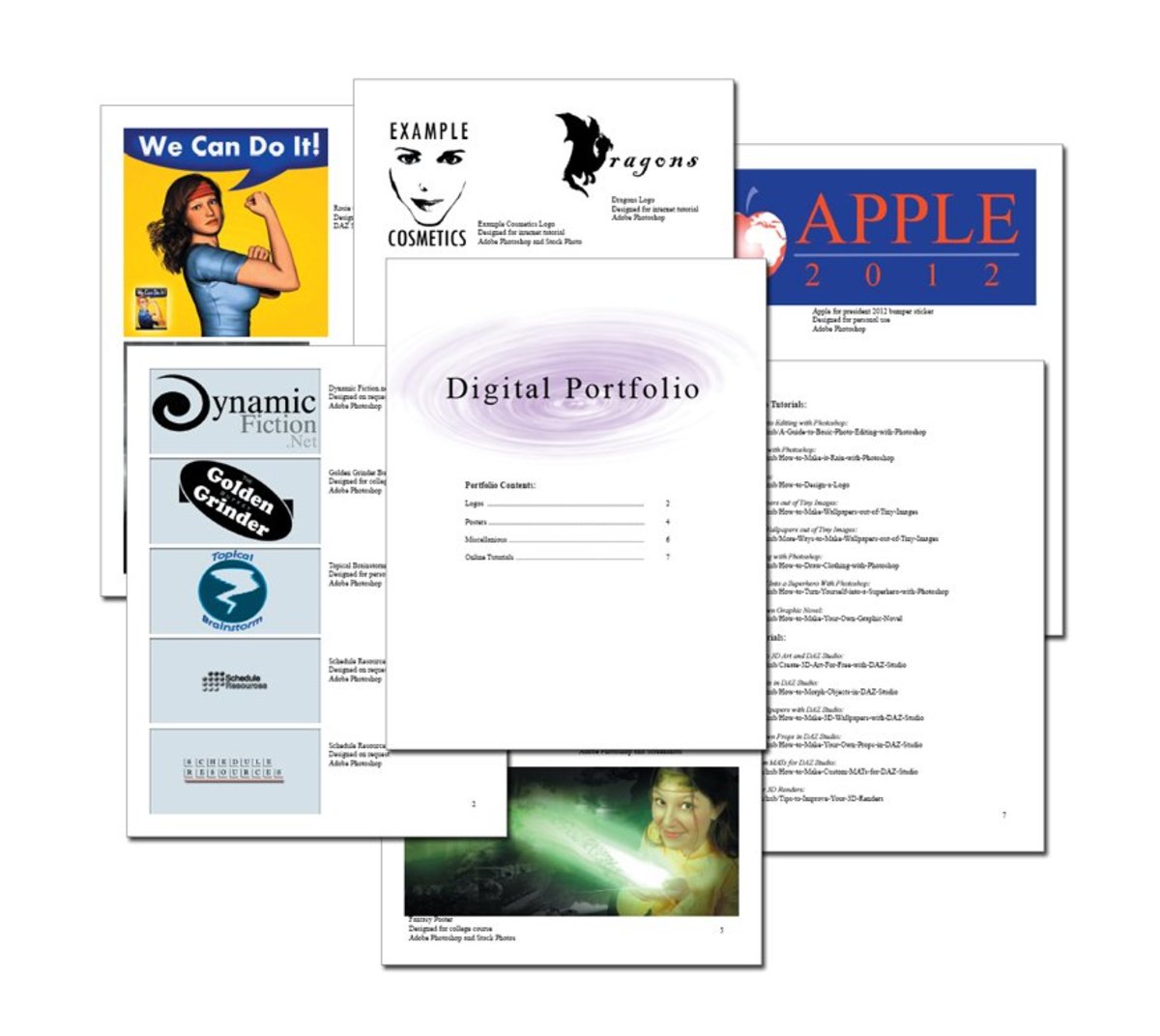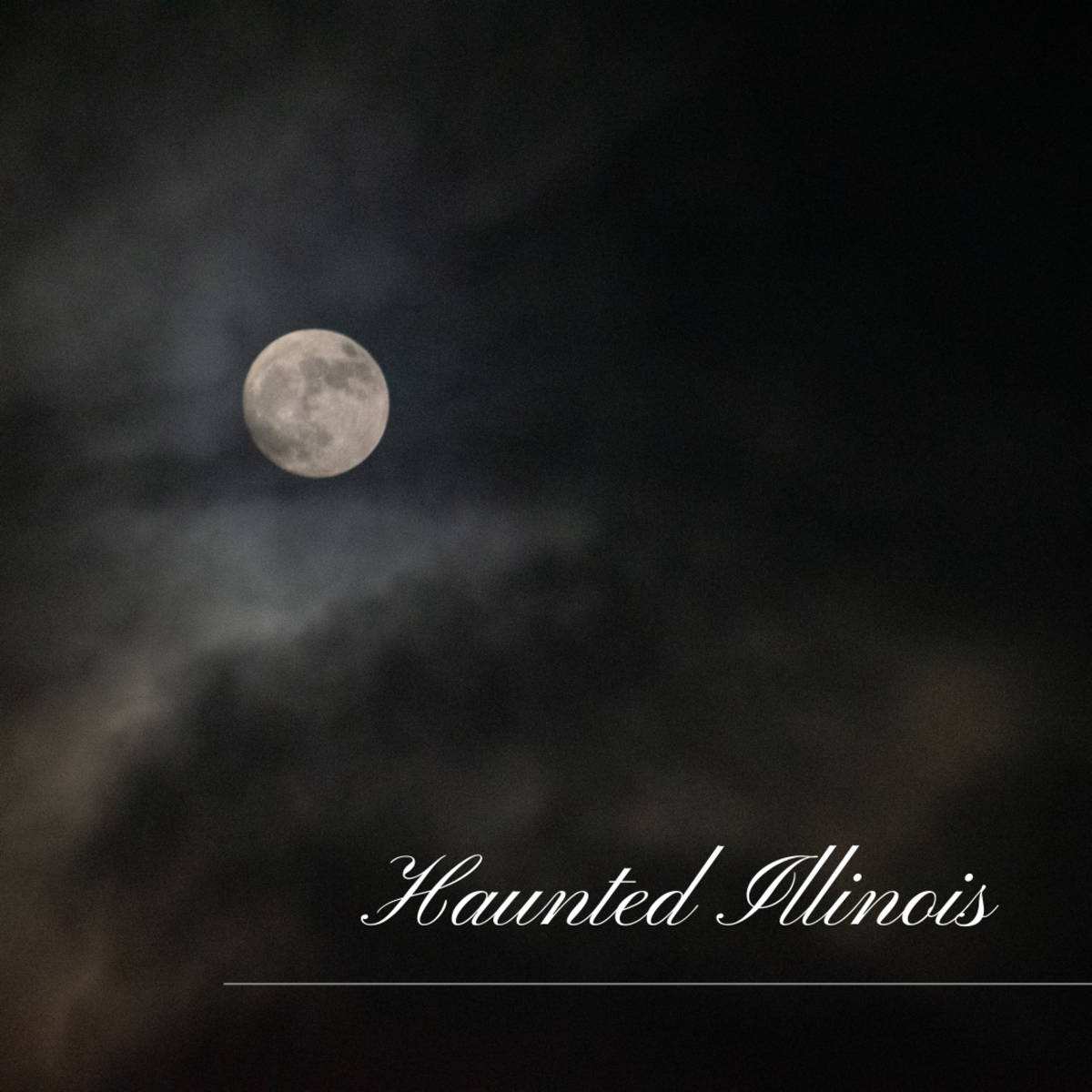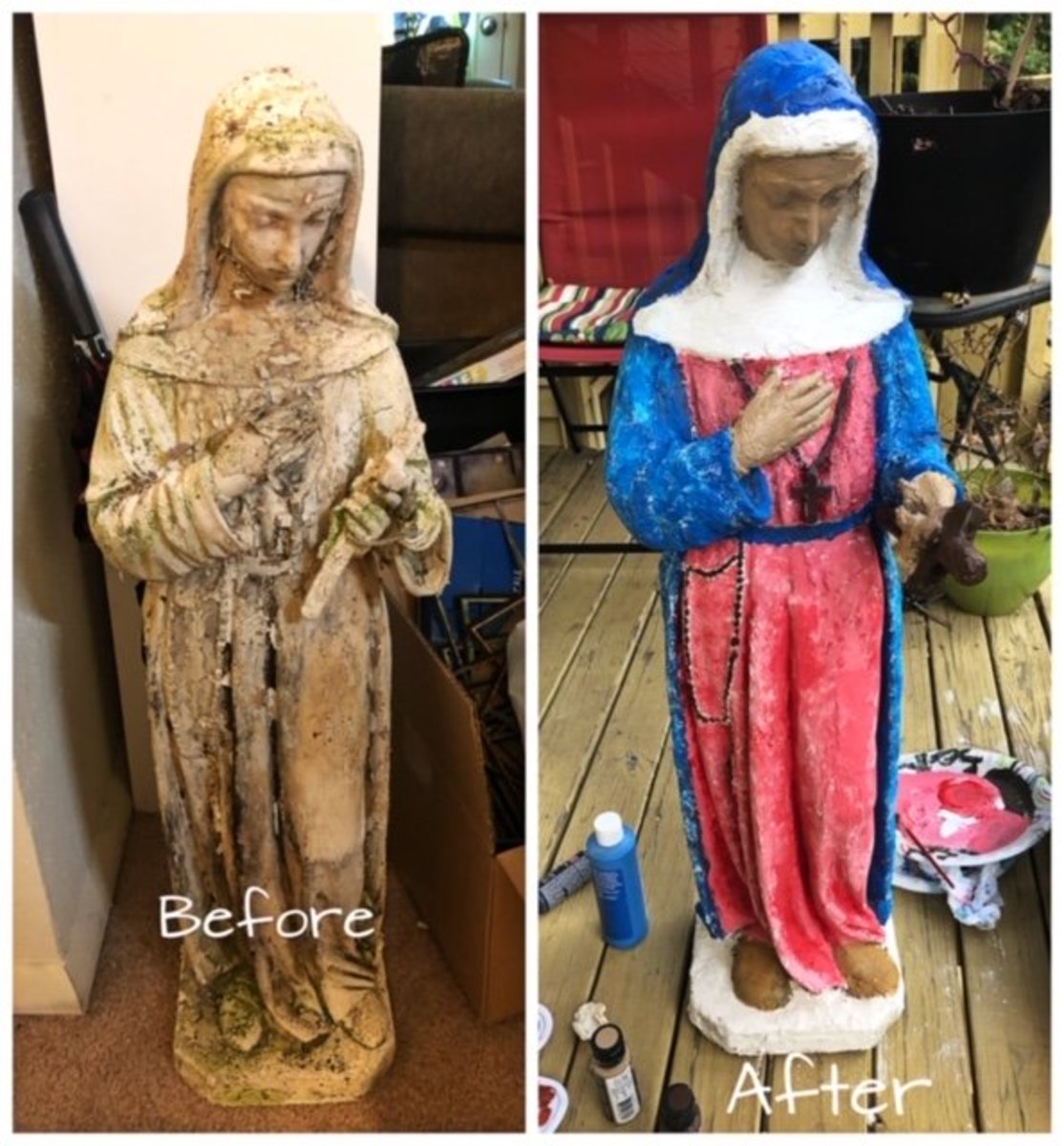Preparing an Art Portfolio for University: Step Two - King Content

Introduction
Welcome to Step two! If you haven’t already read Step One: Dos and Don’ts then click here before you continue any further.
If anyone was paying attention at the end of the last step, you’ll notice that I’ve had to change the topic of this post; trying to talk about both Content and Themes was making my post into a monster so instead in this step we’ll be talking only about the content. First off I should probably define what I mean by ‘Content’ so we’ll be going through that quickly first, and then we’ll look at how to use this concept in your portfolio. I just want to say first of all that I personally work in a 3D Environment so its possible that this’ll influence my article a little; I’ll be doing my best to keep it as general as possible but its just something to be aware of. Finally, if anyone has any suggestions or would like me to expand on anything feel free to let me know in either the comments or by email at shadesofadream@googlemail.com.
Content; What's the big deal?
First of all, what is content? It can be defined in a number of ways by a whole host of different professions (writing for writers, journalists, and editors for example) however for the purposes of this hub I’m going to define it as artwork. Your content is any artwork you happen to have produced; paintings, drawings, sketches, digital artwork, 3D Renders, sculptures, photographs, whatever your specialty. Any of these things can be your content.
However, when it comes time to choose your portfolio you need to be a little pickier. A Portfolio is, by definition, a showcase of your very best work at that point in time so naturally you want it to do you justice. We’ve covered a few of the Dos and Don’ts in the previous step but now we’re going to look at it in more detail.
How much is enough?
One of the first things you need to consider is the size of your portfolio. If you’re applying for University (or to some extent a job in industry, but we’re not really covering that in this series) sometimes you’ll find that it has size requirements. Taking the universities I applied to as an example (Duncan and Jordanstone, and the University of Abertay for those interested), D&J didn’t specify a size limit however Abertay asked for between 10 and 20 pieces. Both stipulated that it had to be your best work. Some universities I’ve seen allow up to 30 pieces, and most of them encourage you to submit a sketchbook along with your portfolio (we’ll cover this at a later date); however the most standard size seems to be a maximum of 20 pieces.
Taking this into account, the first thing you want to do is take a look at all the artwork you have already. Get a friend to help you if you can (fresh eyes are always a bonus and they don’t have to be artistic either). The aim here is to pick out the pieces of work that you really like and that you think you’d be proud to show off. At this stage I don’t really mind how many pieces you have; after looking through you could have as little as three or as much as thirty, we’ll address that in a moment.
What must my portfolio contain?
Once you’ve sorted your pieces take stock of what you have. Do you have and life-drawing included amongst your best work? If not you might want to go and do some more, or reassess your life-drawing work if you have some. This is a requirement universities always seem to ask for, so there’s no skipping out on it I’m afraid.
Similarly, do you have a good self-portrait? Same thing applies, if you don’t have one then make one. Some universities won’t demand that you have one, however its better to be safe than sorry. The last thing I’m going to ask you at this stage is whether you have any Still Life drawings – these are another one of those things that it’s hard to get around if you don’t have it. Once again, make some new ones or reassess your old – if your older ones aren’t as good as your recent work then make new ones. General rule of thumb.
Media and Colour
By this stage you’ll either be groaning in anticipation of all the work you’ve still got to do, or despairing that you have too much work for the requirements. I’ve been there, its nothing to worry about yet. Just make a list, and move on with the next step.
Now at this point I want you to look at the medium of your artwork. Is it all pencil? Colour? Grey-scale? Paint? Charcoal? You want to have a good variety of different medias used, and generally universities ask for colour work as well as grey-scale. If your work is all of the same type you might want to consider removing some of the less well-done work in favour of creating some other work. The only time I see this being a deal-breaker with universities is if all you have are pencil sketches, or all black and white. There’s nothing wrong with them as techniques, but mix it up with some colour and you’ll get along better. Of course if you want to take the time to play around with media you don’t normally use then feel free to – if the work’s good it can only show you in a good light.

Imaginative Pieces
The last thing you’ll really want to address is the slippery concept of ‘Imaginative pieces’. Almost everyone seems to ask for this, and you can practically write a blog post about it on its own, however I’ll try to summarize it here for now and I may visit it again at a later date. Basically the universities want to see that you’re creative and can use your imagination. They ask you to create made-up things, or stuff with a twist, or any variety of pieces that show more than just copying what’s in front of you. If you’re like me you have no problem coming up with billions of ideas of odd little things and you can use them perfectly well for this. On the other hand, you may have to experiment with different types of reference material and mix things up a little to gain inspiration. How you work will really depend on you as a person so I won’t go into that too much here. However, you do need to be aware of the sort of imaginative work you’re doing; is it all characters? All landscapes? All vehicles? You get the idea, mix it up a little.
By now you should have a variety of pieces to choose from – if you’ve still got more than the maximum amount consider taking your work to an art teacher and going over it with them. They’ll know what’s more acceptable in your particular case and often have a lot of really good practical advice. If on the other hand you have less than you need/you’ve not met the minimum requirement – go back through the list and see if there’s anything you can add or create that’d help round it out even more.
The Quick List
Here’s the summary for people who want to recap (or got fed up skimming over the main topic):
- Consider your maximum and minimum required size
- Choose only your best work (get a friend to help)
- Have you included Life-Drawing?
- What about a self portrait and still pieces?
- Do you have a good mix of colour and media?
- Are your imaginative pieces varied? (i.e., not all characters, or scenes, or objects or vehicles etc)
- If you’re still struggling to get it within the requirements range (or even if you’re not) talk to your art teacher
In Closing
In the next step we’ll talk briefly about using themes in your portfolios – if you need to start preparing now then talk to your art teacher about it if you feel that next Wednesday is too late for you. If there are any questions or you want anything clarified, please let me know and I’ll amend/answer them for you. Hope you enjoyed this piece, and also, if you want to show off your portfolios then post a link in your comments; I’ll let you know what I think.
See you next Wednesday with ‘Step Three: The Theme’.








